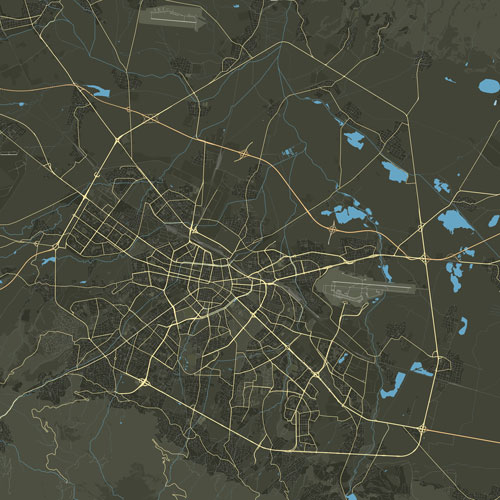“Yavorov”, positioned as the inaugural residential complex in Sofia, holds a prominent status within the city’s urban landscape. Nestled in the heart of the “Sredets” area, in close proximity to the city center, this complex has played a pivotal role in shaping Sofia’s residential development.
The complex’s boundaries trace along key thoroughfares, including “Tsarigradsko Shose” Blvd., “Evlogi Georgiev” Blvd., “Han Omurtag” Blvd., “Mihai Eminescu” Blvd., “Shipchenski Prohod” Blvd., and “Nezabravka” Blvd. Its delineation into two sections, namely Dolen Yavorov and Goren Yavorov (formerly known as the village “Lenin”), adds to its structural and historical intricacies.
Dolen Yavorov, spanning from Evlogi Georgiev Blvd. to Mihai Eminescu Blvd., features the central thoroughfare Ivan Asen II St. This section, dating back mainly to the interwar period, saw considerable construction activity. Notably, it served as the residence of Yordan Yovkov during the final years of his life, marking a literary connection to the complex.
Goren Yavorov, the upper part of the complex, witnessed its primary construction during early socialism, culminating in 1961. Though the initial proposal to designate “Yavorov” as a cultural monument in 2006 garnered over 1,000 resident signatures, it faced rejection.
The complex houses significant educational institutions such as the 12th Secondary School “Tsar Ivan Asen II” and the study center for children “Ian Bibiyan.” The cultural and spiritual fabric is enriched by the presence of the “Ascension of the Lord” church, a contemporary addition to Sofia’s ecclesiastical landscape. Commencing construction in 2002 and consecrated in 2010, the church holds relics of Saint Tryphon, contributing to the religious heritage of the neighborhood. The church’s holiday, celebrated 40 days after the Resurrection of Christ, adds to the cultural tapestry of “Yavorov.” The inclusion of relics featuring St. Eleutherius, Bishop of Illyria, and St. Jacob the Persian further enhances the spiritual significance of this modern ecclesiastical structure.

